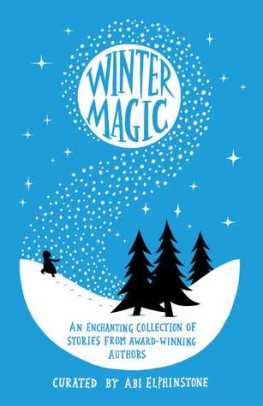Today on The Paper Alchemist, it’s time to peel back the curtain and look ahead to some of the most exciting releases of 2019!
The Priory of the Orange Tree by Samantha Shannon
Hands down my most anticipated title of early 2019 is Samantha Shannon’s standalone high fantasy novel The Priory of the Orange Tree. There’s some terrific worldbuilding in her Bone Season series, from its different levels of clairvoyance to its inventive use of Victorian-style gang nicknames, so I was pleased to hear that she’s swapping dystopia (bleh, one of my least favourite genres) for high fantasy (YAY, one of my faves). Just some of the things that have me intrigued: it’s set in a world with bioluminescent dragons, the cover art is amazing, it has four narrators including a queen in a matriarchy, the book is the size of a brick, and DID I MENTION THE DRAGONS?
The Secret Commonwealth by Philip Pullman
The Secret Commonwealth, the sequel to 2017’s much-awaited and highly dramatic His Dark Materials sequel La Belle Sauvage, was also on my list of most anticipated books of 2018. It never materialised then, so back on the list it goes. According to reports, we’ll finally get to see Lyra again, this time as an adult, probably working with the alethiometer, as well as characters we first met in La Belle Sauvage, like good-hearted Malcolm, and of course, those world-famous daemons.
The Gilded Wolves by Roshani Chokshi
The New York Times bestselling author of The Star-Touched Queen, A Crown of Wishes and Aru Shah and the End of Time returns to YA with The Gilded Wolves, a historical novel set in the darkly glamourous world of late nineteenth-century Paris. Séverin Montagnet-Alarie is a treasure hunter, wealthy hotelier and keeper of dangerous secrets. When the powerful Order of Babel seeks his help, he is offered a chance at recovering his true inheritance. To find the artefact they seek, he must bind together a ragtag collection of misfits, including an engineer, a historian, a dancer and his brother in all but blood. As you may have seen, I struggled to get into the likes of Leigh Bardugo’s books, so maybe this historical treasure hunt will be more my kind of thing.
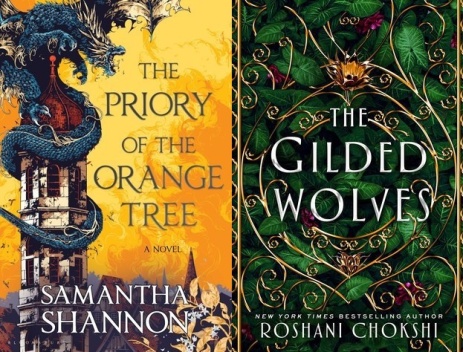
Fierce Fragile Hearts by Sara Barnard
Sara Barnard writes such resonant and enjoyable contemporary UKYA. I adored the warm, romantic love story of A Quiet Kind of Thunder; I was surprised by the dexterous and unputdownable Goodbye, Perfect.With Fierce Fragile Hearts, Barnard returns to the world of her very first book, Beautiful Broken Things, which focused on the intense friendship between three teenage girls. Sheltered Caddy, outgoing Rosie, and whirlwind Suzanne look set to return – this time from Suzanne’s perspective, set two years after the first book, with Caddy and Rosie are about to start university. I can’t wait to get hold of this sequel in spring.
Enchantée by Gita Trelease
Back in Paris, next on the list is another historical novel – this time set on the simmering eve of the French Revolution, with added fantasy twists. Orphan Camille relies on petty magic (“la magie ordinaire”) to provide for herself and her siblings. After an apparent betrayal, she decides to risk dark magic and to pursue a richer, more dangerous mark: the court of Marie Antoinette and Louis XVI. Some of my favourite books of 2018 were historical fiction and historical fantasy (albeit from the children’s section), so this has the potential to be fabulous.
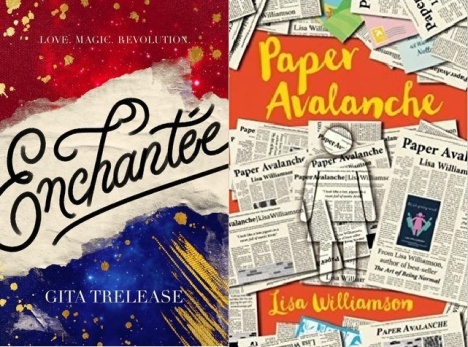
Song of the Abyss by Makiia Lucier
Makiia Lucier’s Isle of Blood and Stone was one of my anticipated reads of 2018, perhaps the most anticipated by a new-to-me author, and it turned out to be one of best fantasy books I read in the first half of the year. Song of the Abyss is set in the same world (it’s apparently being termed the Tower of Winds series) but is described as a companion novel rather than a straight-up sequel. Still, I’m intrigued as it promises some more of the things I liked best about Isle of Blood and Stone – exploring, secretive kingdoms, a high-stakes mystery – and this time with a female lead.
Paper Avalanche by Lisa Williamson
Another book initially slated for a 2018 release, the pushed-back Paper Avalanche instead makes it into the 2019 publishing slate in January. Lisa Williamson’s debut The Art of Being Normal received critical acclaim, while the exuberant All About Mia proved that second book syndrome was no match for this accomplished contemporary writer. Paper Avalanche seems reminiscent of Susin Nielsen’s No Fixed Address, with guarded protagonist Stevie juggling crushes, the temptation of friendship and her love of music with one big secret. The house where Stevie tells people to drop her off, No. 56? She doesn’t live there at all.
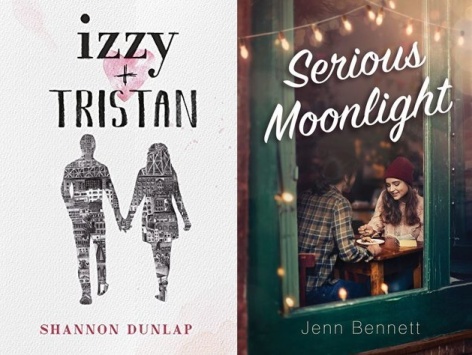
Izzy + Tristan by Shannon Dunlap
I am, as a general rule, wary of YA retellings of stories as old as this. Reimaginings of Romeo and Juliet tend to rely too much on instalove; reworkings of the love affair of Guinevere and Lancelot can seem clunky. It just seems that taking them out of their medieval or early modern context and into a teenage experience is a bit of a wrestling match. And yet, rather like the irresistible forces which brings these figures together, I am tempted back into the world of retellings every couple of years. I can’t wait to find out if someone can finally do the stories justice. Izzy + Tristan is a reimagining of the Arthur-adjacent myth of Tristan and Iseult. Set in modern-day Brooklyn, Tristan is a chess prodigy who meets Izzy, a practical-minded teenager who wants to become a doctor.
Serious Moonlight by Jenn Bennett
I was surprised by how much I liked Jenn Bennett’s Night Owls, and in the absence (so far) of an announced 2019 title from big-hitters of contemporary USYA like Sarah Dessen, Morgan Matson or Stephanie Perkins, this book is filling the gap. Serious Moonlight is the story of sheltered Birdie and gregarious Daniel, two teenagers who start summer jobs at a Seattle hotel and stumble upon a mystery surrounding a reclusive author. It will have to strike a careful balance between quirky and thoughtful to avoid the pitfall of pretentiousness which sometimes plagues talky, character-centric contemporaries like this, but if it does, it could be really enjoyable.
The True Queen by Zen Cho
When I reviewed Zen Cho’s near-brilliant fantasy opener Sorcerer to the Crown earlier this year, I bemoaned the fact that the release date of the sequel had been pushed back again and again – but there is one upside, in that it can now be included in my 2019 list of anticipated reads. The world of this series is undoubtedly one of its best features: there’s something so engrossing about an alternate Regency London where a decadent aristocracy meet an unruly Royal Society of Unnatural Philosophers. It’s also the second (third if you count Pullman’s widely-appealing Secret Commonwealth) adult fiction title on this list, and perhaps indicates that historical fantasy really is becoming my jam…
What books are you looking forward to reading in 2019? Do you have any recommendations I should add to the list?


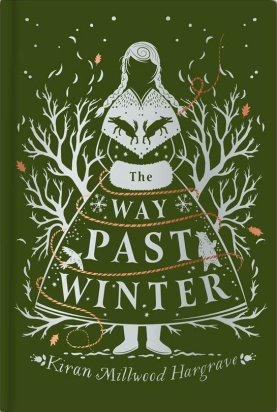 Author(s): Kiran Millwood Hargrave
Author(s): Kiran Millwood Hargrave

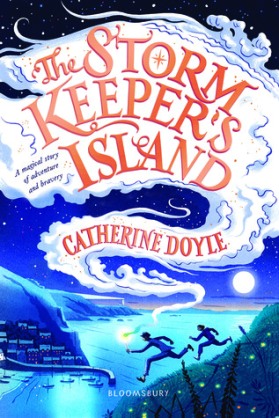 Author(s): Catherine Doyle
Author(s): Catherine Doyle


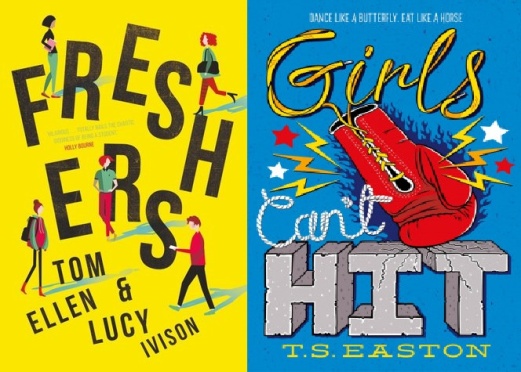
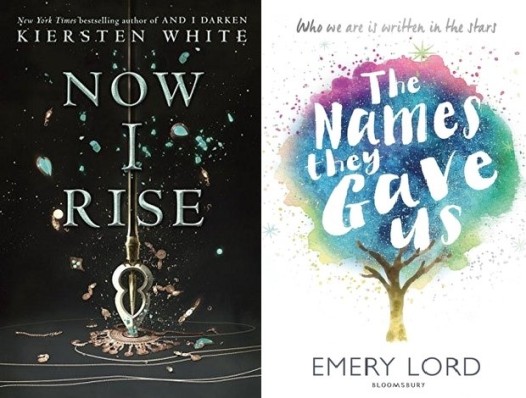
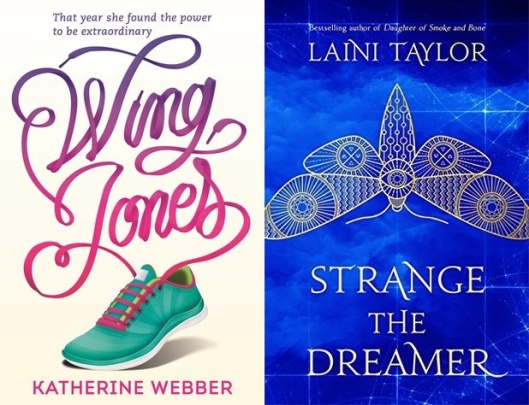
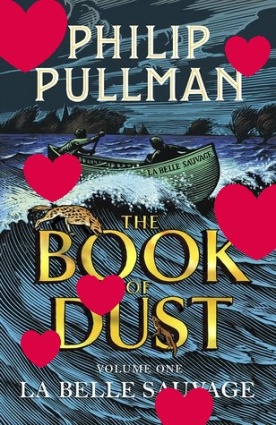

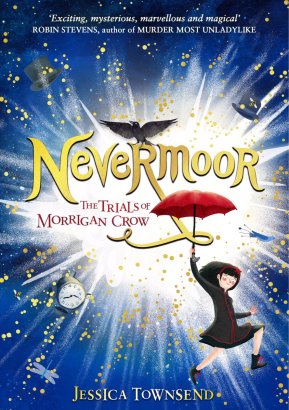 Author(s): Jessica Townsend
Author(s): Jessica Townsend

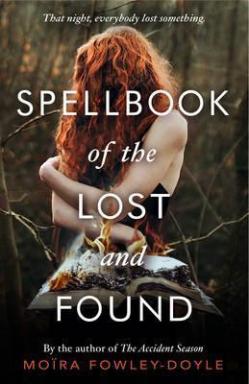


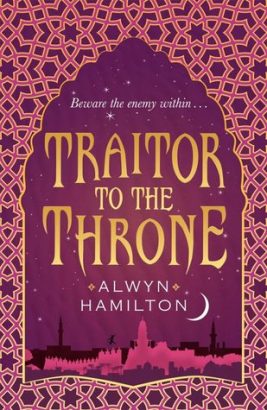 Author: Alwyn Hamilton
Author: Alwyn Hamilton

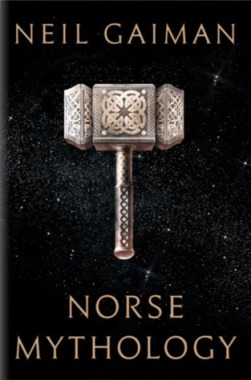


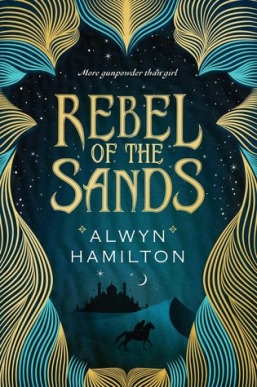 Author: Alwyn Hamilton
Author: Alwyn Hamilton

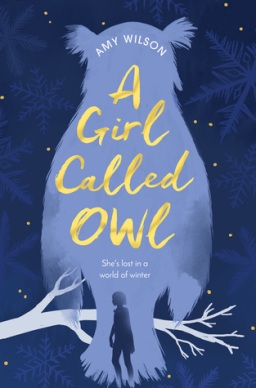 A Girl Called Owl
A Girl Called Owl
